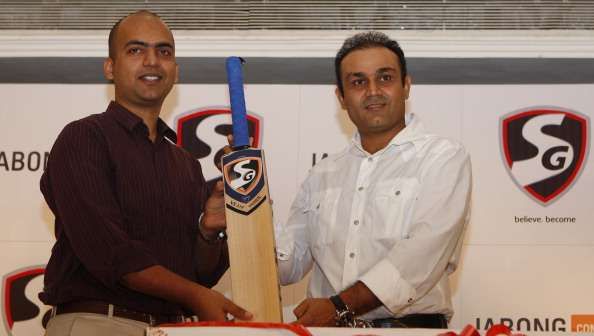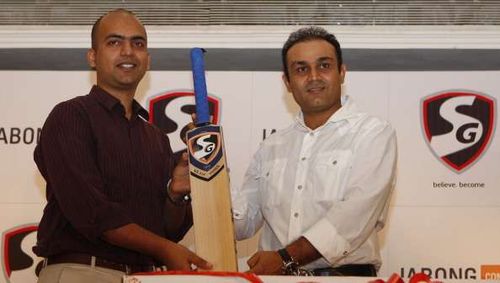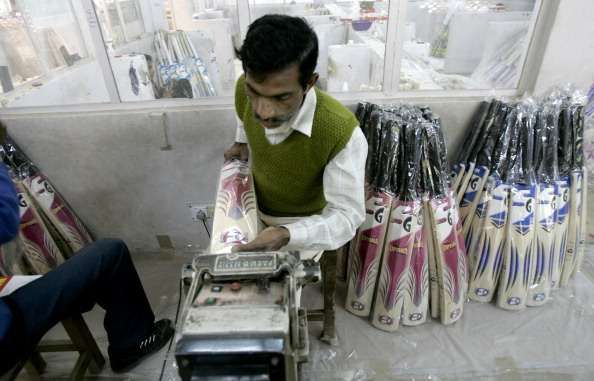
How the 1991 economic reforms changed SG's fortunes
Plenty has been written on the 1991 Economic Reforms and how it changed the face of the Indian economy. Until then, the government relied heavily on the public sector driving growth, had heavy restrictions on imports and exports, strict licensing procedures and policies that hampered the growth of business.
This was all to change as under the guidance of former Finance Minister Dr. Manmohan Singh and P.V Narasimha Rao, India signalled a systemic shift to a more open economy with greater reliance upon market forces, a larger role for the private sector including foreign investment, and a restructuring of the role of Government.
A story that hasn’t been spoken of quite often in context of the 1991 economic reforms is that of the sports goods manufacturing company Sansparelis Greenlands, more commonly known as SG.
Sanspareils Co. was set up by brothers Kedarnath and Dwarakanath Anand in Sialkot in 1931. The company at that point manufactured a wide range of sports goods.
After the partition, the family moved to Agra and then decided to settle in Meerut in 1950. Thus began a new chapter in the brothers’ life. They started from scratch and were determined to make a mark in the world of sports.
The next generation also joined the business in the year 1962 & 1964. Being big fans of cricket, they decided it was time to specialise in a sport and they decided it had to be cricket.
Following an exclusive arrangement to manufacture protective gear for Sunil Gavaskar in 1979, Sanspareils and Greenlands merged to form the company now known as SG. There was no looking back.
4 years later, in 1983, India won the World Cup and the nation was elated. Until this point, India were known globally as one of the best hockey playing nations, but in cricket, they were still in the infancy stage. The 1983 victory, and the manner of it, caught the imagination of the nation.
Until then, the company was focused on exports and derived most of its business from exporting cricket bats and balls, pads and gloves. During the 1970s and ’80s, the restrictions on exports weren’t as severe as the restrictions on imports. At that time SG was importing English willow among other things.
Remarkably bucking a trend, SG has over the years converted from being a company that is export-oriented, into one that largely has a domestic consumer base. Today, more than 60 percent of SG’s business is domestic. Most companies have in fact gone the other way, from being domestic to export-oriented after the economic reforms of 1991.
But with the economic reforms, over the years, came the birth of two monsters – cable, which was accessible to everyone, and the Indian Premier League. No other factors have been as crucial in converting SG’s business model.
SG have also grown over the years as they turned the economic reforms to their advantage. Their first brand association came with Sunil Gavaskar, one that exists till today. This proved to be a masterstroke as Gavaskar became the first batsman to score 10,000 test runs in 1987 wielding a SG bat, and it led to the birth of the ‘Sunny Legend’, one of the company’s best selling bats.
In 1991, the SG ball was approved by the BCCI and become the official ball for all tests and first class tournaments in India. In the 90s, Rahul Dravid was seen using an SG bat. In 2003, Suresh Raina came on board after impressing in U-15 tournaments. In 2008, Virender Sehwag was roped in as brand ambassador.
SG also expanded to cater to the increased demand for its products. They set up a new factory in 2007, which creates about 500 pairs of pads, 800 pairs of gloves, 1,000 bats and 600 balls on a daily basis.
In 2008, SG expanded into shoes, clothing and accessories. 80 years after its founding, in 2011, SG also launched the Maxxport line of premium shoes, clothing, eyewear, travel gear and accessories with Rahul Dravid as its iconic face. They also set up their own apparel manufacturing facility in the same year.
In 2013, SG set up its own kitbag manufacturing facility. And last year, in 2015, they drew up plans of venturing into cricket infrastructure.
SG’s story is an example of how to grow your business and make things work in your favour. The World Cup win in 1983 provided a boost to the entire sport in the country, and the reforms in 1991 made it easier for them to do business. The star cricketers that emerged in the 90s and 00s were signed as brand ambassadors, and the rest as they say is history.
SG are now expanding into various other verticals. They have turned into a brand that will always be associated with cricket, in India as well as in the rest of the world.

